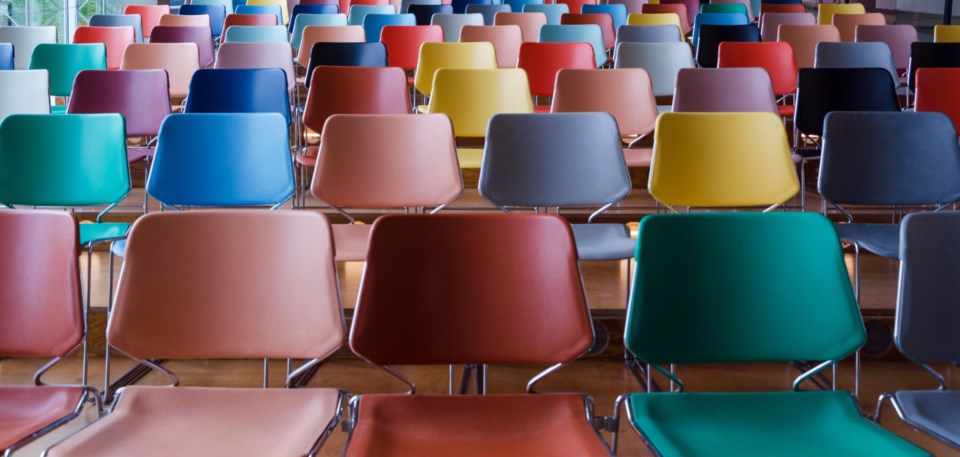Indigenous voices in the forestry industry are gathering in Timmins next week.
The second annual Indigenous Land Symposium focuses on Indigenous-led conservation and growth within the industry and bringing together Indigenous communities. It takes place at the Ramada Inn from Jan 22 to 25.
The four-day symposium is presented by Wahkohtowin, an Indigenous-led social enterprise. There are 25 First Nations taking part in the presentations.
Including cultural and wellness time within the presentations and networking opportunities was an important step, said Wahkohtowin’s general manager David Flood.
“We focused on the first day being all Indigenous participants,” said Flood. “I think it makes it kind of unique as well. We’re not shutting everybody out, we’re trying to make sure there’s a reason we need to talk together, inside and outside of ourselves.”
Having that room sets the event apart from other conferences, said Isabelle Allen, a registered forester with Wahkohtowin.
“It’s not going to be a boring, dry, just sit in the room and listen to presentations all day,” said Allen. “So we have some ceremony, some teachings.”
There will be bannock on a stick, a full moon ceremony for the women in attendance, and more for those participating.
Wahkohtowin was started in 2016 and is mandated to help Indigenous communities participate in the forestry industry. It includes workforce and housing solutions, with the symposium growing out of those projects.
While the event has hit capacity for this year with 170 people registered to take part, organizers are encouraged by the growth between last year’s event and this one.
Last year’s event attracted 75 participants when organizers expected around 50. This triggered a move to a bigger venue in Timmins for the 2024 event, which is expecting 170 participants.
The first event was held in 2023 in Chapleau at Wahkohtowin’s innovation centre.
“When I was hired, I had in my mind to share, how do we do this?” said Flood. “The whole concept of the innovation centre was a place to centralize and act as a hub for all the things we’re doing, but we can’t fit 150 people in the centre.”
Discussions regarding future steps and options for working with government bodies and Indigenous communities, including project finance for permanence plans, are a big topic of conversation for the event.
“We are on the head of a pin here, and we’re not sure which way it’ll go,” said Flood.
Communication between different Indigenous communities and their land and resource departments is a necessary part of the work they do, said Allen.
“We know that governments and industry have massive networks where they get to talk to each other about what’s going on across this whole landscape,” said Allen. “But First Nations don’t necessarily have the time or the space to get together to talk about these common issues, unify voices and strengthen approaches.”
The growth the team has seen has been bracing, said Flood.
“Did I think we’d be here in year seven or eight? We had the aspirations,” he said. “The fact that we’ve made it and we’ve got this kind of horsepower behind what we’re doing, it’s quite beautiful.”



